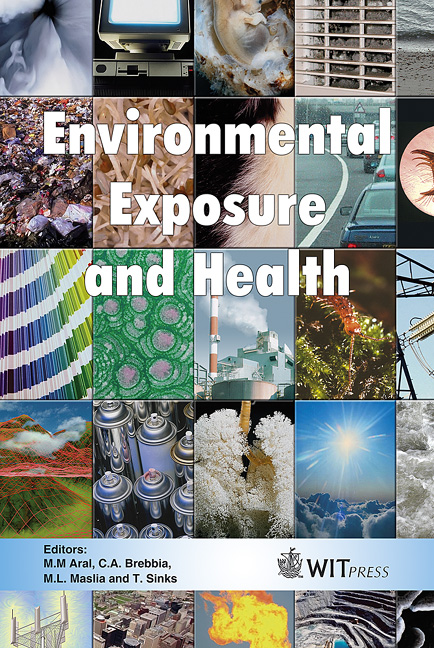Comparison Of Fine Particulate Matter And Ozone Levels In Zip Code Areas Of New York City With Different Child Asthma Burdens
Price
Free (open access)
Transaction
Volume
85
Pages
10
Published
2005
Size
799 kb
Paper DOI
10.2495/EEH050031
Copyright
WIT Press
Author(s)
M. Solorzano, J. Stingone, A. R. Rentas & L. Claudio
Abstract
Previously our group found that asthma hospitalization rates in zip code-defined communities of New York City correlate with higher proportions of low income and minority populations in a community. We showed that low-income minority communities have 21 times higher asthma hospitalization rates than more affluent communities in New York. In this work we investigate the relation between asthma burdens, in terms of prevalence and hospitalization rates, and ambient levels of these air pollutants in NYC. Asthma prevalence was determined in schools within each zip code using a parent-response survey. We classified NYC zip codes in three different categories taking into account their asthma burdens: High, Medium or Low. Four zip code areas (study areas) were selected in order to carry out the air pollution exposure comparison: two from high, one from medium and one from low. We compared 1999 to 2003 pollution data from air monitoring stations (AMS) operated by New York State Department of Environmental Conservation (NYSDEC), and located within a 1.5 mile radius of our study areas defined by zip codes. Asthma prevalence among the schools ranged from 7.79% to 36.2%. Prevalence correlated with socioeconomic measures in the study populations. There were no statistically significant differences in PM2.5 and ozone levels between study areas, as measured by the AMS that could explain the asthma burdens disparities in our study areas. We concluded that race/ethnicity and the median household income of the community were strong predictors of asthma prevalence. No differences were detected in the levels of PM2.5 and ozone in these communities, which suggests similar exposure. It is possible that the air pollution data provided by the NYSDEC Air Monitoring Network does not represent an accurate assessment of exposure to ambient levels of the air pollutants studied. Keywords: child asthma, GIS, ozone, pm2.5, monitoring, prevalence, health disparities, low income. ,
Keywords
child asthma, GIS, ozone, pm2.5, monitoring, prevalence, healthdisparities, low income.




